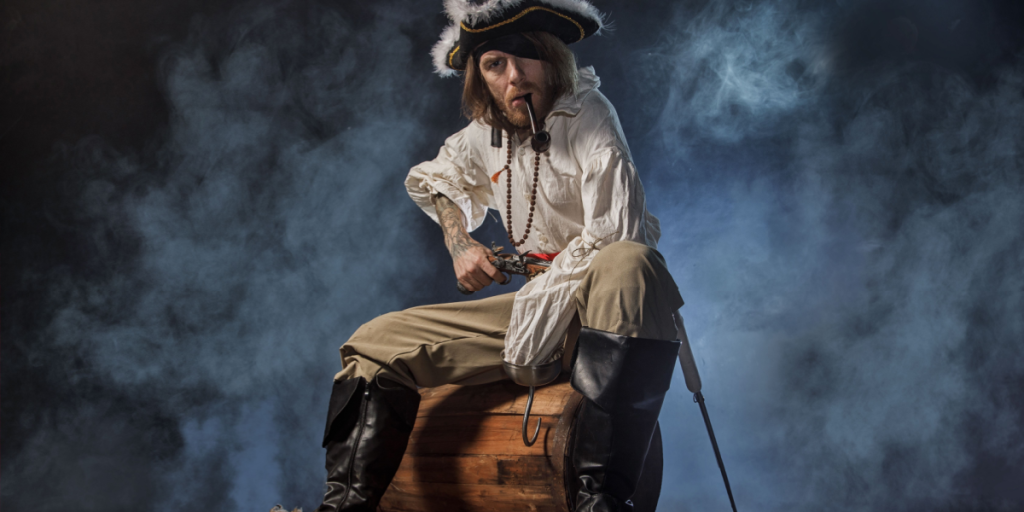Hollywood has gotten a lot wrong over the years!
Others are reading now
Hollywood has gotten a lot wrong over the years!
Shiver me Timbers!
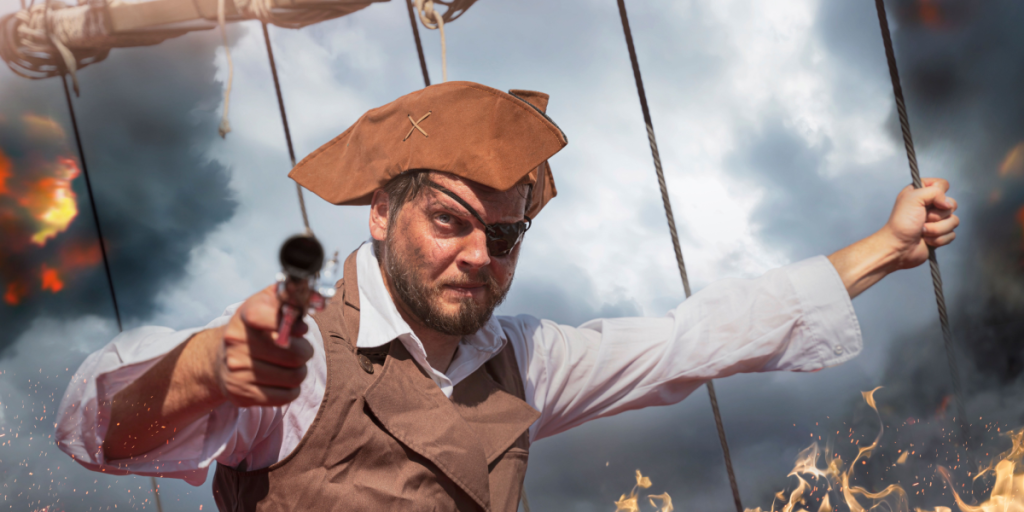
Or something like that, said with a “yaaarh” of course.
We all have an idea of how Pirates were blood thirsty, cutlass-wielding, loot seeking, eye patch wearing, Parrot keeping rascals who were only interested in Rum, Gold and Women.
That picture couldn’t be farther from the truth.
Blame Hollywood

It’s not surprise that the reason we picture Pirates like that is due to how they’re portrayed in movies, series, books and comics.
Also read
But the real Pirates had a very developed culture – and in some ways, they were way ahead of their time.
1. Pirate Ships Were Surprisingly Democratic

Unlike the rigid command structures of naval fleets, 18th-century pirate ships often operated on democratic principles.
Crews elected their captains and voted on major decisions, including battle plans and routes.
Captains could be overthrown by majority vote.
2. Pirates Had Workers’ Compensation Systems

Pirate codes frequently included provisions for injury compensation. Losing a limb, for instance, could earn a pirate a conciderable sum.
Also read
These rules helped boost morale and loyalty, offering a level of crew welfare unmatched by most legitimate employers of the era.
3. Their Flags Sent Tailored Messages

While the Jolly Roger is iconic today, pirates used various personalized flags to communicate intent.
A red flag meant “no quarter” (no mercy), while black flags might signal a chance to surrender.
Some pirates even changed flags mid-approach to confuse targets or play psychological games.
4. They Didn’t Bury Treasure

The myth of buried treasure comes mostly from fiction like Treasure Island.
Also read
In reality, pirates typically spent their loot quickly on food, drink, weapons, and gambling.
Hoarding gold was risky—many ports were hostile, and most pirates didn’t expect long lives.
5. Some Pirates Had Legal Licenses
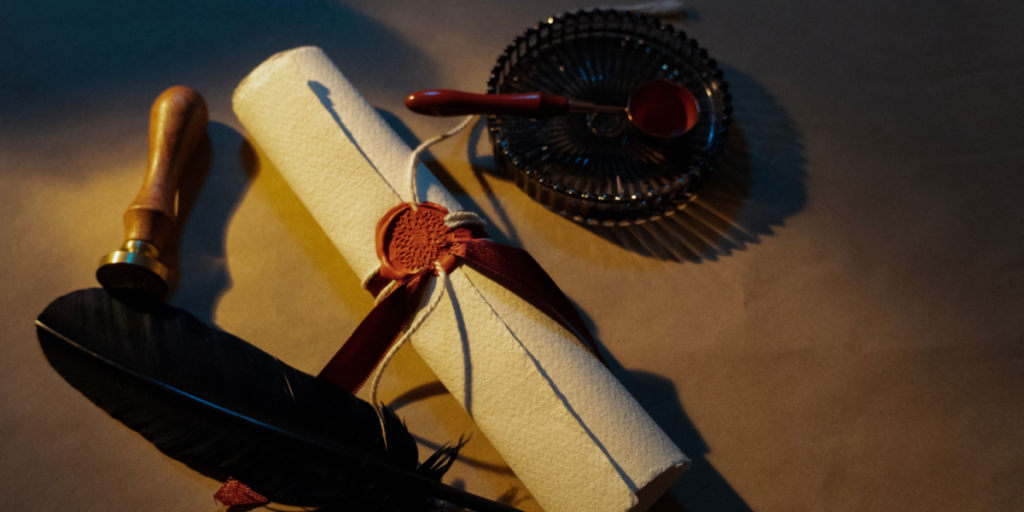
Not all pirates were outlaws. “Privateers” were essentially government-sanctioned pirates, given legal papers (letters of marque) to attack enemy ships during wartime.
This blurred the line between patriotism and plunder, and many privateers quietly continued piracy once peace returned.
6. Women Occasionally Ruled the Deck
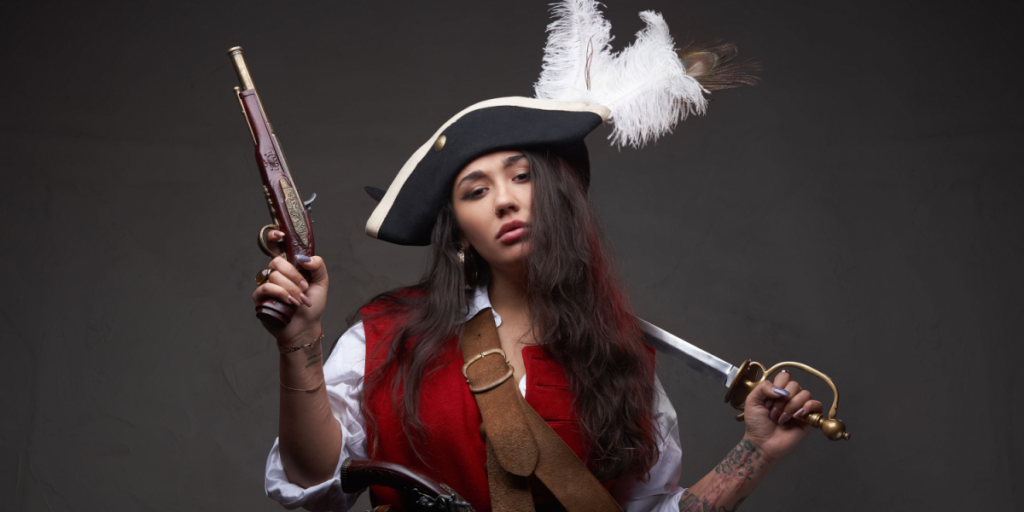
Though rare, women did sail as pirates—sometimes in disguise, other times in full command.
Also read
Anne Bonny and Mary Read are the most famous, but others operated in secret.
These women often matched or exceeded the ruthlessness of their male counterparts.
7. Caribbean Pirate Havens Were Surprisingly Diverse
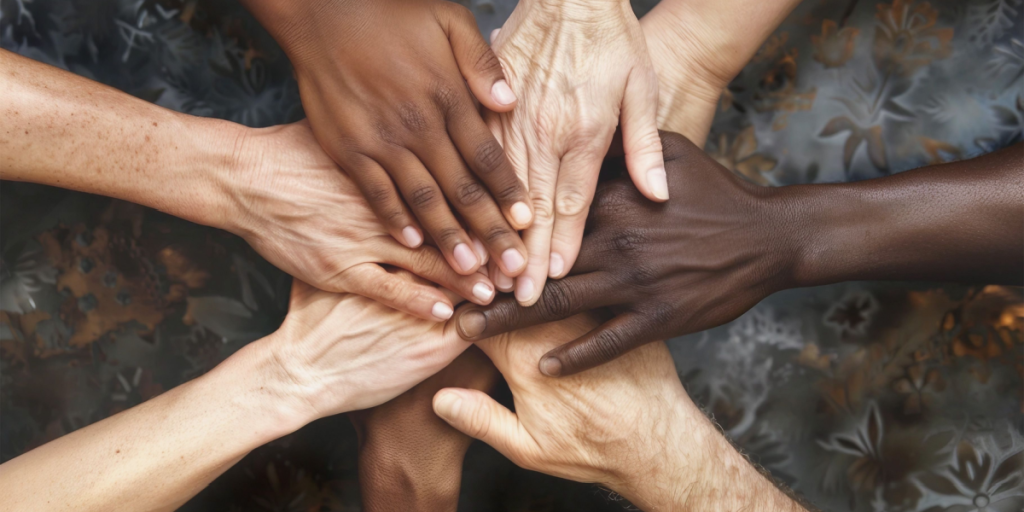
Ports like Nassau in the Bahamas became pirate strongholds, drawing a multicultural mix of Europeans, escaped slaves, Indigenous peoples, and outcasts.
Pirate crews were often racially diverse, with Black pirates sometimes rising to leadership roles.
8. Pirates Practiced Same-Sex Partnerships at Sea
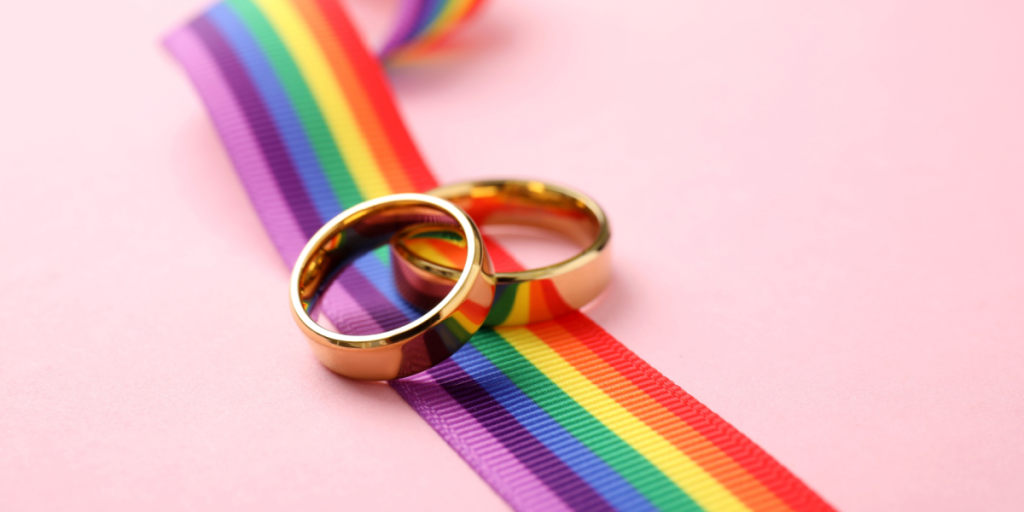
In parts of the Caribbean, especially among French buccaneers, there was a practice called matelotage (from the French matelot, meaning sailor).
Also read
This was a partnership between two male pirates or sailors, often involving shared property, mutual inheritance, and companionship—sometimes romantic or sexual, though not always.

